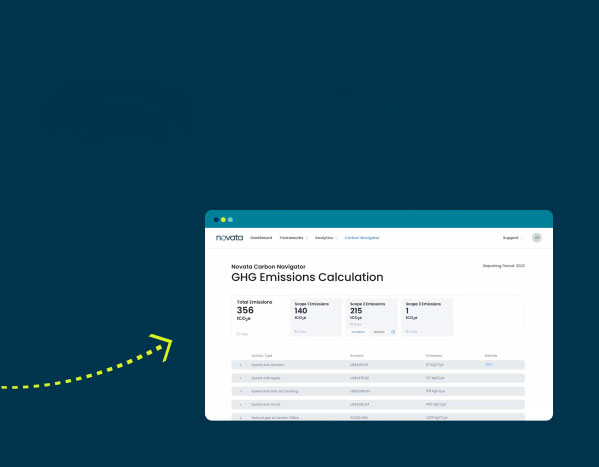For A&D, ESG and financial performance are intertwined. Ieva believes that focusing on ESG helps build companies that are successful in the long term. To support its efforts, the firm is investing in tools to streamline the reporting process for its companies. In this Q&A, Ieva shares more about her interest in sustainability, the company’s journey, and advice for investors starting to incorporate ESG into their work.
What sparked your interest in ESG?
My general interest in sustainability stems from my studies in civil engineering where I was introduced to sustainable practices in engineering. Back then, I saw sustainability as a consideration rather than a necessity. But the more I learned about it, the more I realized that it must be the foundation for the way we build things, grow produce, travel, get our energy, etc. ESG compliance in my eyes became a basic requirement that we must implement in all organizations with transparency.
Why is ESG important to you and your firm?
A&D’s investment strategy and firm operations are based on a model that combines having fun, doing purposeful things, and investing in companies with sustainable and profitable business models. We believe that ESG issues are critical to achieving this and will affect the performance of our investments and the value of A&D over the long haul. We also believe that working with these issues responsibly will align our objectives with the broader objectives of society.
When did A&D start building its ESG strategy?
It started in the early days of A&D when, in 2011, the fun, profit, and purpose strategy was crafted. Investing in meaningful companies while caring for their wellbeing and striving for profitability is in A&D’s DNA, and we consider it to be our early ESG strategy. A&D introduced its first ESG Policy back in 2014 and has since worked to improve it and reflect that in the way A&D operates and invests.
How do you balance financial performance with ESG performance?
ESG means managing a company’s operations to make them better, more efficient, and prevent negative impact. We believe that caring for ESG builds strong companies that can make long-lasting impact and sustain challenges. For us, financial performance is key to creating shareholder value, and ESG can have an impact on how well companies perform financially in the long run.
What challenges with managing ESG data prompted your search for a software solution?
The main challenge was collecting data from all companies efficiently and making reporting straightforward. Having all the data in one place and tracking it over the years can help us understand how well we and our family companies are performing and whether we are keeping up with our targets. Finding a way to keep it simple for all A&D family companies to report was very important as ESG is still a new space and learning to navigate it takes time. Thus, it is better to start simple and build.
What factors were most important to you when evaluating software?
A key consideration was how easy it is to use for us and the companies reporting on the system. We were also interested in how well developed and accurate the tool is for estimating Scope 1, 2, and 3 emissions, flexibility when tailoring our questionnaire, and finally, the attentiveness and professionalism of the team behind the software.
What advice would you give to others in your industry who are just starting to incorporate ESG into their work?
It is easy to get confused and lost in this fast-changing ESG area, so take some time to understand which regulations and standards are relevant for the company. In our case, the EU’s SFDR is the guiding star for our ESG Policy. It is also good to start with a few ESG metrics that are the most relevant and then build experience and expand ESG efforts. This is especially true for smaller companies that may not have extensive resources and otherwise might be demotivated to start their ESG work.
ESG is not just a “nice to have;” it is imperative to the way we operate any business, and the legislation is starting to reflect that. In the way we report on our financial performance, the same will come to ESG. There is a pressing need to bring transparency to the damage we have been doing to the environment and society through business practices. There have to be systematic shifts in how we do business. Nobody wants to be a laggard, so it is better to start caring about it now.








